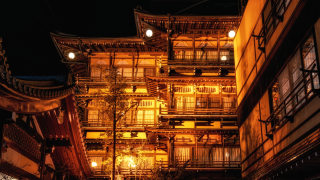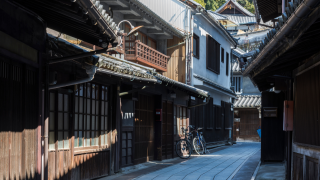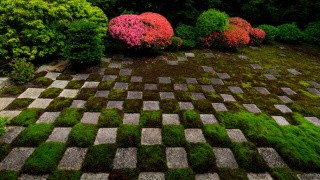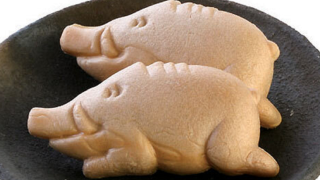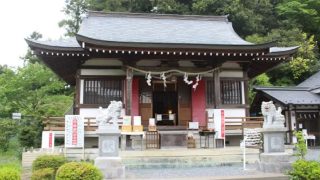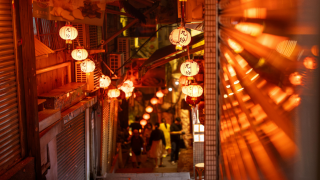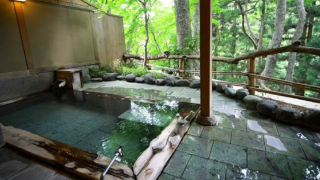 CONTENT
CONTENT “Yuyado Sekiya” in Gunma – A Serene Traditional Japanese Inn That Strikingly Resembles the Ubuyashiki Residence from Demon Slayer
Hidden in the mountains of Gunma, Yuyado Sekiya in Kambayashi Onsen is a place where traditional Japanese architecture and nature coexist in perfect balance.
Its atmosphere mirrors the Ubuyashiki Residence from Demon Slayer, bringing visitors peace of mind and a sense of quiet strength.
The soft glow of lanterns and the scent of wood evoke the essence of Japanese beauty and tranquility.

